
My Day With NUMA - Part One
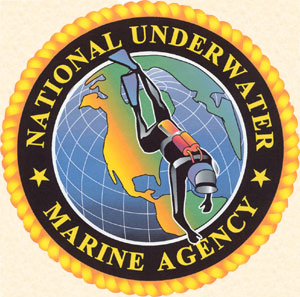
It was 10:51 PM Central Time on June 23rd 1950 when Flight 2501 passed over Battle Creek, Michigan. Captain Robert C. Lind picked up the radio mike and turned to his co-pilot Verne F. Wolfe as he nodded his agreement with the ETA figures. Lind then notified Northwest's Air Traffic Control Center at Chicago that they were flying at 3,500 feet and he estimated passing over Milwaukie at 11:37 PM. Northwest Airlines Flight 2501 had left la Guardia airport at 7:30 Eastern Time that evening bound for Seattle, with a scheduled stopover in Minneapolis. On board, along with Linda and Wolfe were stewardess Bonnie Ann Feldman and 55 passengers, comprising 27 women, 22 men and six children. All were looking forward to a long, but fairly comfortable journey.
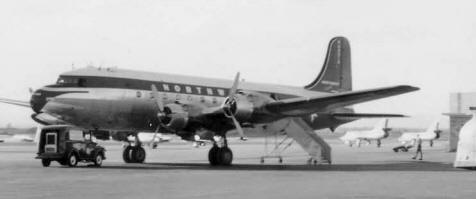
(Northwest Airlines DC-4)
Flight 2501 was a Douglas DC-4 airliner with four Pratt & Whitney, R-2000 "Wasp" engines. These reciprocating piston, propeller engines could power the converted World War II C54 transporter to a maximum airspeed of 280 miles per hour. Since leaving La Guardia and heading west into clear skies the plane had performed flawlessly and the flight had passed safely over Cleveland and continued west toward Minneapolis, a major hub for Northwest Airlines. Weather reports prior to departure had predicted storms over lake Michigan later that evening and as the plane reached the lakeshore at 11:13 PM Captain Linda, once again keyed the mica to air traffic control:
"ATC Chicago, this is Flight 2501, requesting permission to descent to 2,500 feet, over". The reply crackled trough the static;
"Negative on that Flight 2501, other traffic descending through that level. Please maintain your altitude and continue on your present heading, over".
Chicago ATC waited for an acknowledgement that never came. Moments later Flight 2501 disappeared from the radar screen and Lake Michigan claimed another 58 souls.

(Ralph diving his 6/6/44 DESCO Mark V on the Hunley)
It was May 9th almost 59 years later that I got the email from Ralph Wilbanks. The title just said "Let's Survey." The good stuff was inside:
"Pete, we are in South Haven for about 10 more days. Who knows what the weather will bring but it you can you are certainly welcome to come up and spend a day on the boat with us. Maybe you will bring us luck. We have not found the plane but have found 2 shipwrecks so far this year. Keep in touch. We have a house rented and an extra bedroom for you if you can make it. Ralph."
I think it took me about 5 seconds to find my phone and speed dial Ralph's number. Plans were made and on Sunday 10th I jumped in the car and drove the 120 miles to South Haven. I'd met Ralph 2 years earlier at a Clive Cussler convention in Charleston. It was there that I asked him if he would write a chapter for a book called "Diving With Legends" (DWL) that I was putting together. Initially Ralph was reluctant, claiming he just wasn't worthy to share print space with the likes of Jacques Piccard and Stan Waterman, who had already signed on. But thankfully I managed to persuade him and boy am I glad. As many of you know, Clive Cussler is the famous author whose books tell of the adventures of Dirk Pitt and the National Underwater and Marine Agency (NUMA). For many years NUMA was just part of Cussler's fictional world but a number of years ago Clive actually set up NUMA for real. Ralph has been part of the organization and been involved in the numerous wrecks they have discovered in the intervening years.

(Confederate Submarine H. L. Hunley - Artwork by R. G. Sherrett)
Ralph is probably most famous for finding the CSS Hunley. The Hunley was a Confederate submersible that demonstrated the advantage and danger of undersea warfare. Although not America's first submarine, the Hunley was the first submarine to engage and sink a warship, the USS Housatonic on 17 February 1864. Unfortunately, although the Housatonic sank with the loss of five crew, the Hunley also sank with the loss of it crew of eight. Its final resting place remained a mystery until Ralph and NUMA discovered it in 1995. Ralph's chapter for the book is all about the search for the Hunley.
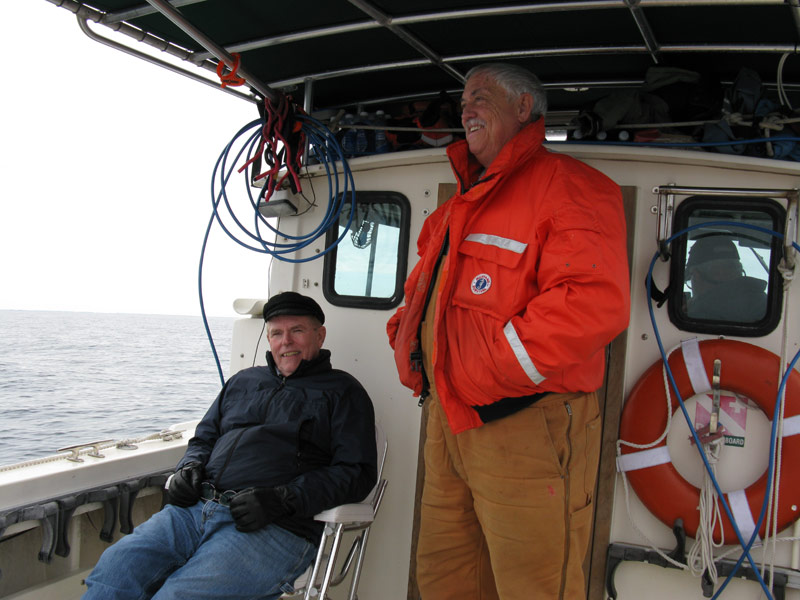
(David and Ralph)
I arrived at the house around 7 PM, met up with the other NUMA guys; Captain Steve Howard and Jim Lesto, and waited for Ralph and David Trotter to show up. David is another contributor to the Legends book and has been called the Great lakes "Lord of the Wreck Hunters" and for good reason, he has probably discovered more wrecks in the Great Lakes than anyone else. The book "Shipwreck Hunter" by Gerry Volgenau is about his exploits and I heartily recommend it. David is also a member of the non profit organization; Michigan Shipwreck Research Associates (MSRA) and having known Ralph for years, occasionally joins him for a day or so during the survey. NUMA's involvement with the search for Flight 2501 came about in 2004 when Clive Cussler learned that MSRA were also interested in finding the wreck. Like Cussler, though on a smaller and more local scale, the five-member team of West Michigan based MSRA is engaged in locating lost vessels and solving historical mysteries in the waters of Lake Michigan. Cussler contacted MSRA and proposed a joint venture project to research and search for the remains of Flight 2501. For the past five years Ralph has headed up that search. Ralph has his own Marine Survey company; Diversified Wilbanks and every year he trailers up his boat; the RV Divercity, and he and the NUMA team survey another area.
About 5 minutes later, Ralph and David arrived and after handshakes and greetings we headed out to dinner in a small restaurant in the village. As would be expected we got to talking about the book, the other contributors, the search for Flight 2501 and wreck hunting in general. I'm not sure I ate much that evening as I just sat with my mouth open in awe as these two amazing characters recounted a number of fascinating exploits. This was Dirk Pitt stuff but in real life. One thing Ralph did say was that it was Clive Cussler and his son Dirk who were the reason that he got to do what he did. If it were not for their interest and support he would not be looking for these historical objects. "We are just the tools, they are the important part."
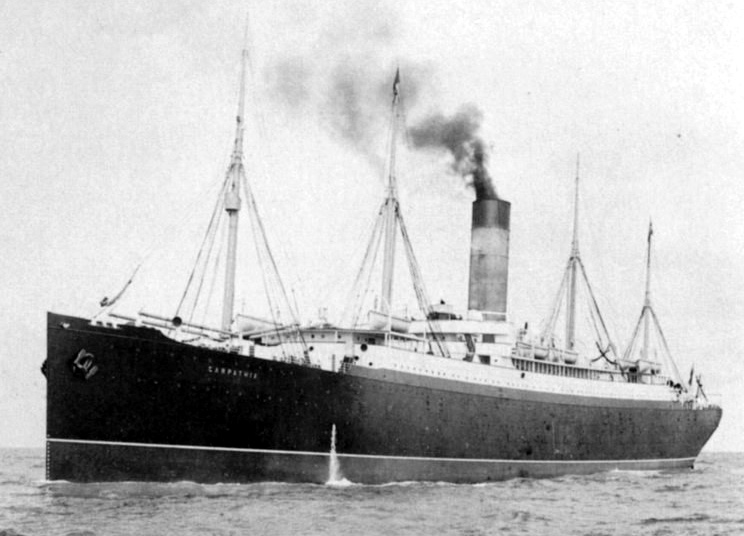
(RMS Carpathia)
You only need to look at the wrecks that Cussler and NUMA have discovered and the expeditions they have been on over the years to see where Clive Cussler's real interest lies. The list literally reads like a who's who of historical ships. NUMA discovered the RMS Carpathia, the ship that rescued 705 survivors from the Titanic and which was later torpedoed by a German U boat. They also found the Mary Celeste. Known throughout history as a fabled mystery ship, she was found sailing off the Azores in 1872, ghost-like with no one aboard. NUMA's first shipwreck expedition was in 1978 and it was in the English Channel for the Bonhomme Richard. 31 years later they are still looking for it and that is where Ralph was heading later on in the summer. Clive Cussler, if nothing else, is persistent.
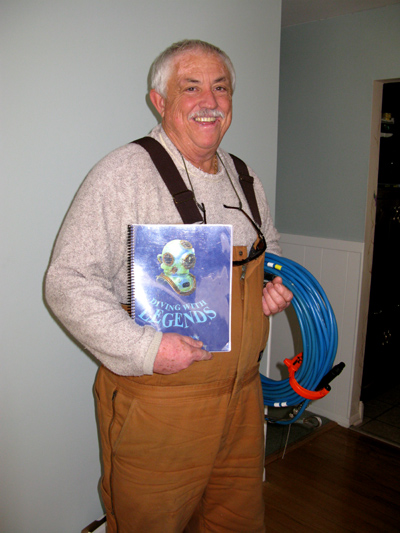
(Ralph with a preview of Diving With Legends)
When we returned to the house, I gave Ralph a copy of the latest preview edition of the DWL book and we talked some more about some of the achievements and adventures of the other contributors. Then talk turned to watches. Ralph was wearing his Doxa SUB 300T Reissue but he went to his room and returned with a 1984 Rolex Sea-Dweller.
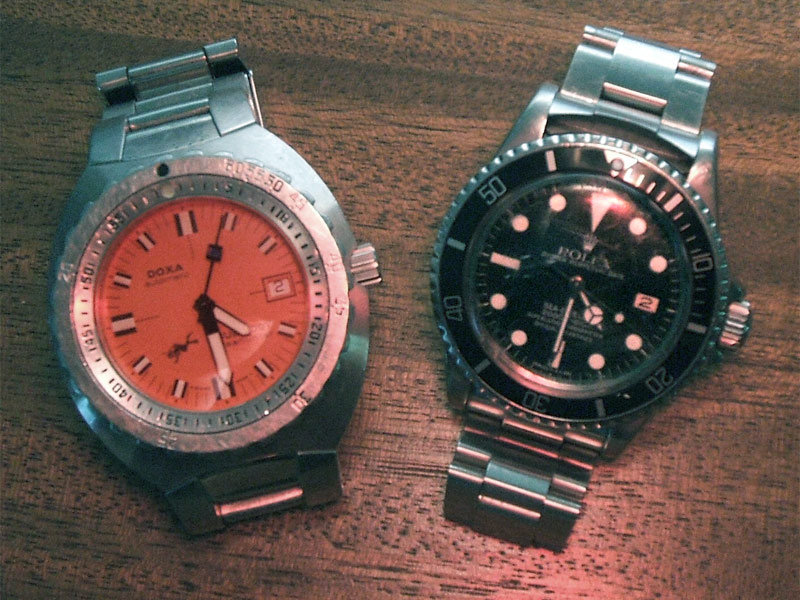
(Ralph's Doxa SUB 300T and Rolex Sea-Dweller)
Both were beaten and scarred but running like champs. He told me how he had saved up for a long time to buy the Rolex and up until he got the Doxa it was his daily wear. If only those watches could speak, I'll bet they could tell a few stories.
----------------------------------------------------------
NOTE
Although this most fascinating story was originally hosted as one page I have chosen to break it down into a number of individual pages, use this link to access the next page.
© Dr. Peter McClean Millar - June 2009